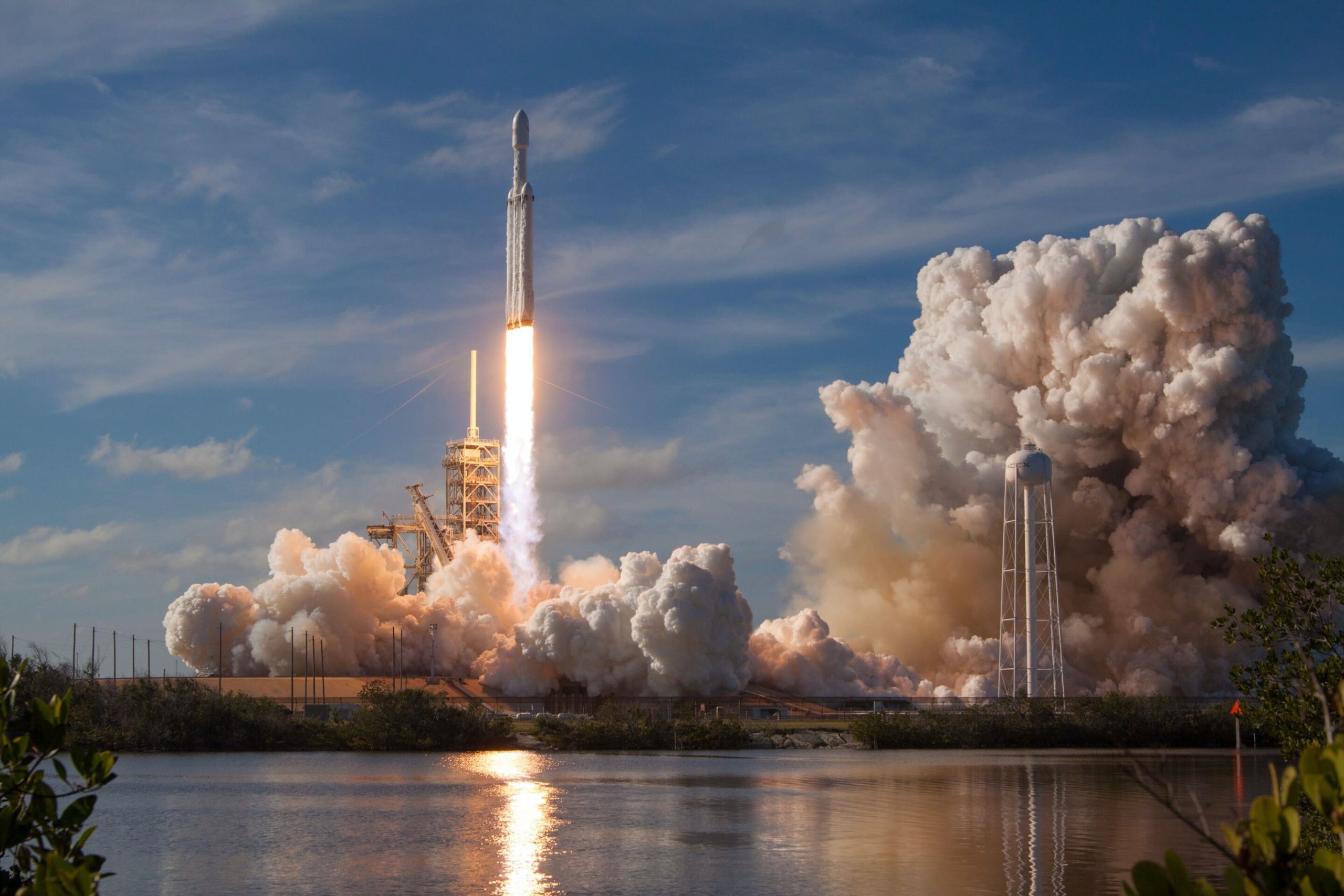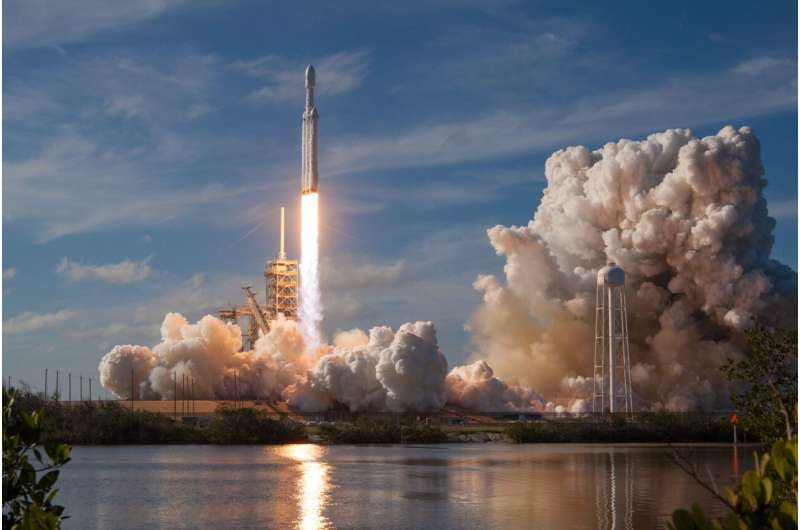

NASA discovered a bevy of headaches in its first three tries to run through a dress rehearsal countdown of the Artemis I moon rocket at Kennedy Space Center earlier this year. Now it’s ready for attempt No. 4.
The agency is targeting a call-to-stations on Sunday, June 5, with a start of rollout at midnight, June 6, for the 4.4-mile, 11-hour journey from the Vehicle Assembly Building back to Launch Pad 39-B.
The 5.75 million-pound, 322-foot-tall combination of the Space Launch System, Orion capsule and mobile launcher first made the trip on March 18 on the crawler-transporter 2, after which NASA attempted several times to complete the goal of filling and draining the core and upper stage with 730,000 gallons of super-cooled liquid hydrogen and liquid oxygen while also simulating a countdown but without lighting the engines.
A series of pressure and valve issues stymied any completion of those tests and NASA managers decided to roll the lunar rocket back to the VAB. That allowed managers to solve the mystery of a malfunctioning 3-inch check valve in the upper stage that wasn’t working on the pad. It also gave time to Air Liquide, the third-party supplier of gaseous nitrogen, which is imperative for safety on the pad as it helps reduce the risk of fire, to upgrade its supply lines to properly support the new rocket.
“Right now the system’s clean and everything is ready to go,” said Tom Whitmeyer, NASA’s deputy associate administrator for common exploration systems development.
The wet dress rehearsal is the final step before NASA targets an official launch date. It’s likely the rocket will roll back to the VAB one more time after the test before a final date is set.
Potential windows later this year include July 26-Aug. 10, and NASA Administrator Bill Nelson has already said the agency would be looking closely at August for a launch attempt. Beyond that are windows from Aug. 23-Sept. 6, Sept. 20-Oct. 4, Oct. 17-31, Nov. 12-27 and Dec. 9-23. Each window has only certain days during which the Earth and moon are in the right position for the planned mission.
“Hopefully this will go well, but we also recognize we still could be missing something so we’ll find out here shortly,” Whitmeyer said.
When it launches, the rocket will become the most powerful to lift off from Earth, producing 8.8 million pounds of thrust. Artemis I is an uncrewed flight that will send Orion farther into space than any other human-rated spacecraft has ever traveled—280,000 miles away, which is 40,000 miles beyond the moon.
The mission could last either four or six weeks when Orion returns to Earth for a splashdown in the Pacific Ocean near the coast of California.
Originally to have launched in 2016, the SLS and Orion hardware have seen numerous cost and production delays, which have had a domino effect on future Artemis missions.
NASA now plans the crewed Artemis II flight, which will take humans in an orbit around the moon without landing, no earlier than May 2024. The Artemis III mission, which would use a Human Landing System, contracted to SpaceX using a version of its Starship spacecraft, will bring two astronauts, including the first woman, to the lunar surface. That mission is now planned for no earlier than 2025.
“I don’t want to sound overly optimistic or mislead you,” Whitmeyer said. “It’s a great vehicle—very simple vehicle—but the actual procedure that you go through with any vehicle this nature requires fine tuning.”
NASA’s Artemis I launch likely slipping to August with retry of pad test in June
2022 Orlando Sentinel
Distributed by Tribune Content Agency, LLC.
Citation:
NASA targets June 5 for redo of Artemis moon rocket dress rehearsal (2022, May 30)
retrieved 30 May 2022
from https://phys.org/news/2022-05-nasa-june-redo-artemis-moon.html
This document is subject to copyright. Apart from any fair dealing for the purpose of private study or research, no
part may be reproduced without the written permission. The content is provided for information purposes only.